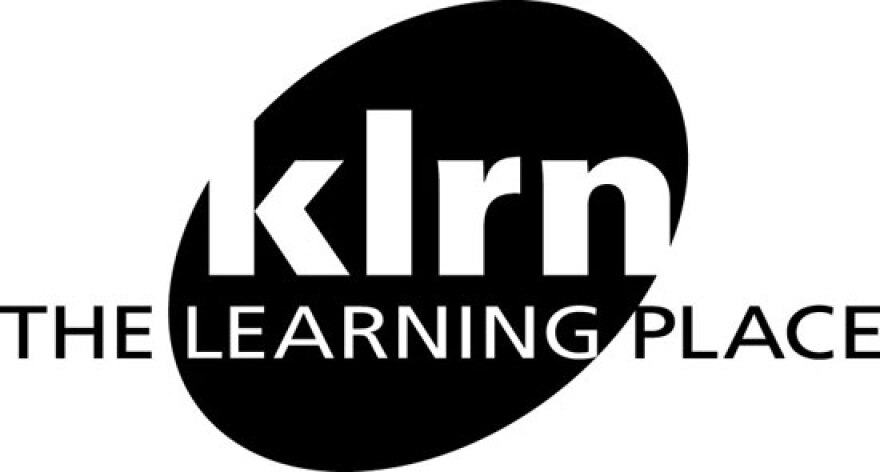Bill Moll, who today is KLRN’s president and CEO, was the first person to speak on the carrier wave half a century ago. He has a lot to think about since that first broadcast, and reflects on the past and future of KLRN – including what would happen to public broadcasting if the CPB federal funds are cut off.
The Early Years
"There was a time when KLRN produced more local content than any other television station in the country. so much of what we did was original content. We did educational programs. In those days I did a teen show. I did a local newscast called "Sundown Edition" with Dr. John Ryder. The two of us co-anchored it at 6:15 - a 15 minute newscast in those days - and with no crew to go shoot video we just ripped and read. We did a lot of instructional programs. I produced a fourth grade science program, a fifth grade arts program, a junior high science program... We didn't know much about T.V. so we invented it, we just taught a class on television."
Programming
"We did not have the membership plan the way we do now. The funding came largely from the University of Texas, from private foundations. The Radio and Television center at UT was where we originated all the programming, except in San Antonio we'd borrow facilities from channel 4 and channel 5, occasionally from channel 12. At channel 41 Emilio Nicolas was running it, and he would give us cultural programs from Televísa in Mexico City... We'd play them on KLRN in Spanish."
Moll said that in the early years, they were broadcasting live and tapes do not exist of the early programming: "We just did them live and they went off into the ether." Programs like the primetime shows "People '65" and "People '66," which modeled a Johnny Carson show format. Moll was the host with Jim Cullum and the Happy Jazz Band, interviewing guests like the mayor and Director of the Zoo with the occasional animal visitor.
"Sadly, when we started thinking about celebrating our 50th anniversary, we went looking for that kind of thing (tape) and we couldn't find any," said Moll.
"Through the six months of Hemisfair, from April '68 to October '68, we did a daily half hour called "A Day at the Fair." Every day we would be on the air live and in color with a studio audience up in that wonderful studio or out on the grounds."
The CPB and Funding for Public Broadcasting
"Do you know what your tax burden is for public television? It's one dollar a year... So for your dollar you can have a box of Goobers (chocolate-covered peanuts), and i love them, or you can have one full year of public television. It is one hundredth of one percent of the federal budget. So you can take it away and it will have no difference in balancing the federal budget, but it will have a profound difference in what it means to the kind of service the American people deserve, are receiving now and are entitled to from an independent television facility."
"It's 13 percent of our budget - about $1 million - and we are assuming that we have to find a way to replace that."



